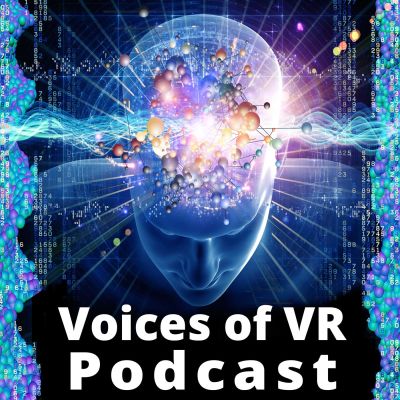Since May 2014, Kent Bye has published over 1000 Voices of VR podcast interviews featuring the pioneering artists, storytellers, and technologists driving the resurgence of virtual & augmented reality. He's an oral historian, experiential journalist, & aspiring philosopher, helping to define the patterns of immersive storytelling, experiential design, ethical frameworks, & the ultimate potential of XR.
https://voicesofvr.com
#1149: Adding Interactivity to glTF via Node Graph-Based Extension as a Step Towards an Open Metaverse
The Khronos Group published a blog announcement on November 3rd titled, “Deliver Interactive Experiences with glTF: A Node Graph-Based Approach,” which is adding an interactive extension called KHR_Behaviors to glTF (the *.jpg format for 3D objects). This adds interactive capabilities to glTF objects that are similar to Unreal Engines Blueprint system, Unity’s Visual Scripting Language, and NVIDIA Omniverse’s Omnigraph systems.
I had a chance to sit down with Threekit’s Ben Houston, who has been collaborating with the Khronos Group on this interactive behavior extension to get a run down of how this fits into an overall development of an open and interoperable Metaverse. (see reference implementation here).
The Metaverse Standards Forum is an independent and separate process that started after this specific effort, and it’s role is to foster collaboration among Standards Development Organization to make recommendations for standards that are in service towards creating an open and interoperable Metaverse, and does not have any power to enforce adoption or promote any one standard at the expense of others.
While glTF with interactive extensions may eventually be a building block towards creating a complex of standards that replicates many of the functionality of a game engine, but within a broader set of open standards. Moving from static objects to interactive experiences that are dynamic, unfold over time, respond and interact with the environment is certainly a key feature of an immersive virtual world, and the abstraction of that interactivity into a visual scripting language. Tune in for more details, and then check out the behave-graph reference implementation and the introductory webinar for more context.
